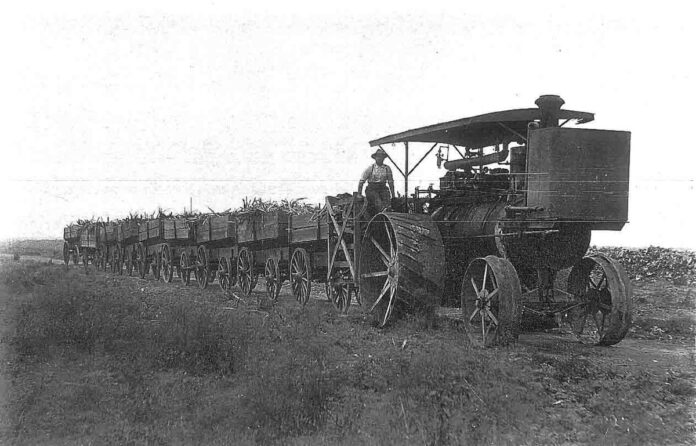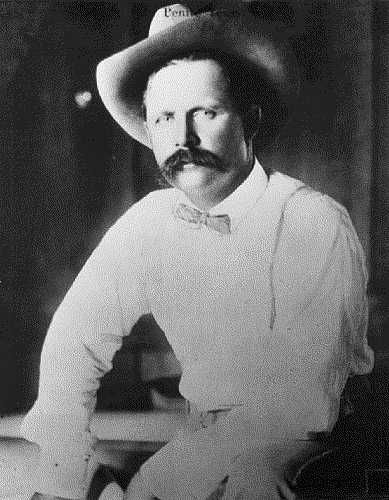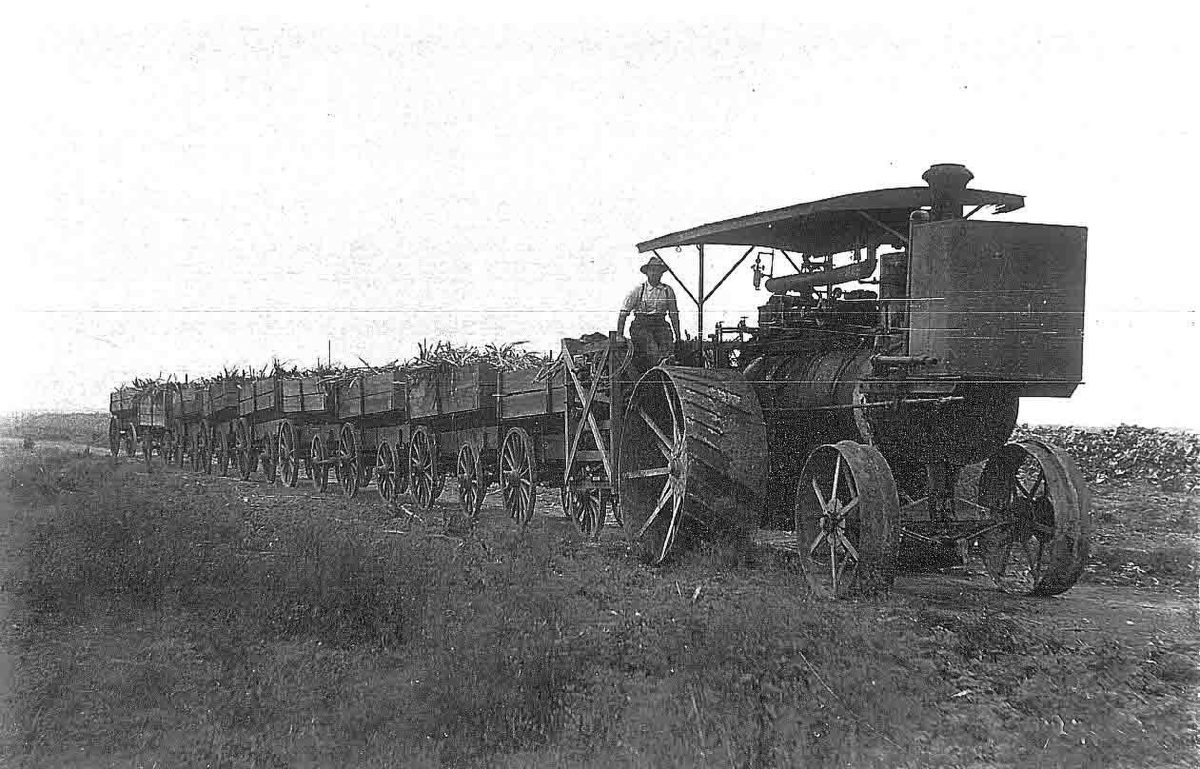BY NORMAN ROZEFF
EDITOR’S NOTE: This is the next installment in an ongoing series on San Benito’s Sam Robertson. Previous articles in the series can be found at
It was in 1908 that John Closner, W. L. Lipscomb, and J. R. Alamia incorporated the Rio Grande Valley Reservoir and Irrigation Company for the purpose of creating reservoirs for storing the floodgates of the river.
Natural depressions, resacas and lakes in the vicinity were to be utilized. This project was designed to use some of the lakes and resacas included in Lieutenant W. H. Chatfield’s plan of 1893. With water taken from the river near Penitas the system would be one of gravity flow across mid-Valley.
Colonel Sam Robertson was employed to make the required surveys for the 6,000-acre project, but the scheme never materialized. A drainage and flood-control program has since caused some of these lakes to disappear.
It was also in 1908 that Robertson was involved with another Closner project. Closner, major Hidalgo County rancher William Sprague, and Judge Dennis Bang Chapin, having obtained land about 15 north of the county seat in the town of Hidalgo, wished to entice land buyers by giving the new town site, to be named Chapin, some legitimacy and allure. This would be to re-establish the county seat in the new town from its present location in the town of Hidalgo on the river. They did so in an underhanded manner moving county records stored in Hidalgo north to the new town site in the middle of the night. Realizing that a railroad connection would be an added incentive to land buyers, they decided to construct a spur railroad line from Ebenezer (later to be renamed San Juan) on the Sam Fordyce route north to a newly founded town Chapin.
The name of the town was short-lived as Chapin was involved in legal troubles, and the town was renamed Edinburg in honor of Valley pioneer John Young’s home city. The uncharted railroad was named the San Antonio & Rio Grande Railway, for its founders conceived of it becoming the first Valley connection to San Antonio. This did not to come to pass. Sam Robertson surveyed and built the eight miles of track. The line operated with little equipment and was poorly run.
Fearing San Antonio interests would connect with it, the St. Louis, Brownsville & Mexico Railway purchased the line in October 1908.
In this same year Robertson was intimately involved in another huge enterprise. He would construct the building to hold the most modern sugar mill in the world. It was the Ohio and Texas Sugar Company’s state-of-the-art factory located six miles north of Brownsville on Paredes Line Road. Bricks for the mill foundation and stack were being manufactured from clay on the Blalack Plantation near the site. 500,000 bricks were needed. The fact that heavy clay was found nearby indicated that the soils were likely not suitable for sugarcane cultivation. The site is now the location of Cameron Park, Cameron County’s largest colonia.
This company soon ran into financial difficulties and went into receivership before the 1911-12 harvest season. For this season the O&T was being operated under lease to the San Benito Sugar Manufactur- ing Company. Sam Robertson took on the lease commencing in April 1912 for $21,000, but when all was said and done handed over only $12,000. This mill, after going through successive hands, ground its last cane in the 1918-19 season.
The Labor Day Hurricane of 1933 severely damaged the abandoned structure, and it was razed. An immense concrete block that supported the mill’s first rolls sat alongside Paredes Line Road for many years before being demolished to make way for a water kiosk.
Robertson had been a man of many hats. In 1909, he was involved with setting up clearing and irrigation for A. M. Kelsey’s Ramerania tract on Porciones 86 and 87 near Rio Grande City in Starr County. With a pump and boiler ready to be installed, the rampaging San Juan River in Mexico inundated the site in July 1909, and plans were abandoned. An estimated 21,000 cubic yards of earth work were flushed into the Rio Grande, and heavy summer rains continued to plague the area that year.
The pump and boiler were sold. The area never came under irrigation.
When the San Benito area began to produce vegetables for export, railroad magnate Benjamin Yoakum prevailed upon Robertson to construct an icing plant in the town as much of the ice was being shipped to the Valley all the way from Bay City, Texas with some coming from a small plant in Brownsville. (The earliest record of vegetables being shipped from the Valley is that of the McDavitt Brothers in 1905 Brownsville.)
In 1910, Sam proceeded to do so by scrounging up enough funds to construct a forty-ton ice maker and a pre-cooling plant. But, after a few years, 1913 to be exact, it foundered on the “rocks of receivership” as did many other first-time projects.
When the San Benito area began to produce vegetables for export, railroad magnate Benjamin Yoakum prevailed upon Robertson to construct an icing plant in the town as much of the ice was being shipped to the Valley all the way from Bay City, Texas with some coming from a small plant in Brownsville. (The earliest record of vegetables being shipped from the Valley is that of the McDavitt Brothers in 1905 Brownsville.)
In 1910, Sam proceeded to do so by scrounging up enough funds to construct a forty-ton ice maker and a pre-cooling plant. But, after a few years, 1913 to be exact, it foundered on the “rocks of receivership” as did many other first-time projects.







